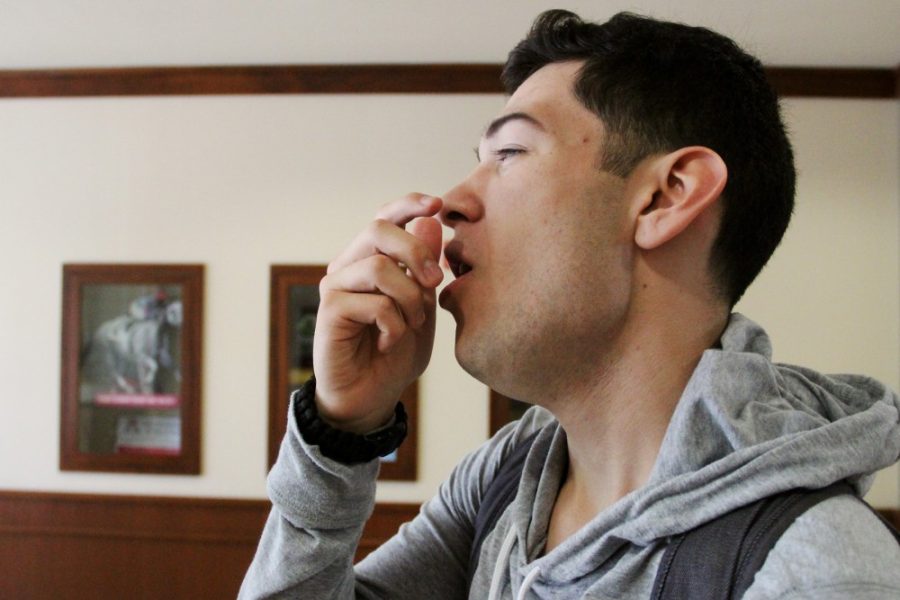Despite the warm weather and clear skies that have graced Tucson over the past weeks, an invisible artifact of winter still lingers in the air: the flu.
But this year, along with the more mundane strains of the virus, a growing number of patients in Arizona are being infected by a type of influenza known as H1N1. Commonly referred to as “swine flu,” the strain was the culprit of a pandemic that sent scores of people to hospitals across the globe in 2009.
And while most flu strains tend to hospitalize only the very young and the very old, H1N1 breaks the mold, sending seemingly healthy young adults to the urgent care with discomforting regularity.
“H1N1 is no more or less contagious than the other types of influenza,” said Dr. Sean Elliott, medical director of infection prevention for the UA Health Network. “But, this particular strain seems to infect and cause disease in [young adults], and that means college-age students.”
There have been 15 UA student cases of the flu this month, 14 of which were type A, the same flu category that H1N1 falls under, said Director of Campus Health David Salafsky. Although it is likely that at least a few of the 14 type A cases are H1N1, no tests were conducted to confirm the exact number, he said.
Elliott likened the strain to one that caused the so-called “Spanish flu” pandemic, which killed millions of young adults in 1918. Although the current outbreak isn’t nearly as severe, Elliott said that the increased number of H1N1 cases is alarming because it will probably lead to more pediatric and adult deaths than expected.
The current flu season in Arizona has seen nearly 2,500 lab-confirmed cases of influenza with flu activity in all 15 counties, said Laura Oxley, the public information officer for the Arizona
Department of Health Services.
Of the 803 samples that were “typed,” meaning they were tested in a laboratory to determine exactly what kind of flu they were, 78 percent were of the H1N1 strain, according the Arizona Department of Health Services weekly flu activity report.
However, those figures may be misleading since the patients who were tested were most likely hospitalized, and H1N1 is more likely to hospitalize patients than the other strains, explained Elliott.
Elliott also warned against jumping to catastrophic conclusions upon hearing a word like “epidemic.”
“It sounds scary to use that term,” he said. “But every year you have an epidemic of flu, just by the definition.”
Michael Acoba, the epidemiology program manager for the Pima County Health Department, said that, although many health professionals didn’t expect this kind of comeback from H1N1, they weren’t completely blindsided by it either.
“We expected to see cases of H1N1. That’s why it’s in the vaccine,” he said, adding that it’s never too late to get vaccinated.
Along with vaccination, Elliott suggested that students avoid getting and spreading the flu by getting lots of sleep, frequently washing their hands and practicing proper “cough etiquette.”









